I’ve had some requests recently for sewing basics so today I’d like to discuss how to sew a gathering stitch. Learning how to gather fabric is a basic sewing technique, and essential for garment sewing, but it can be challenging when you are first learning.
I would LOVE IT if you would take a few minutes to leave a comment with any sewing basics that you’d like to see here on the blog. It will obviously take some time to create a good pool of basics, but it will help to know what your interests are!
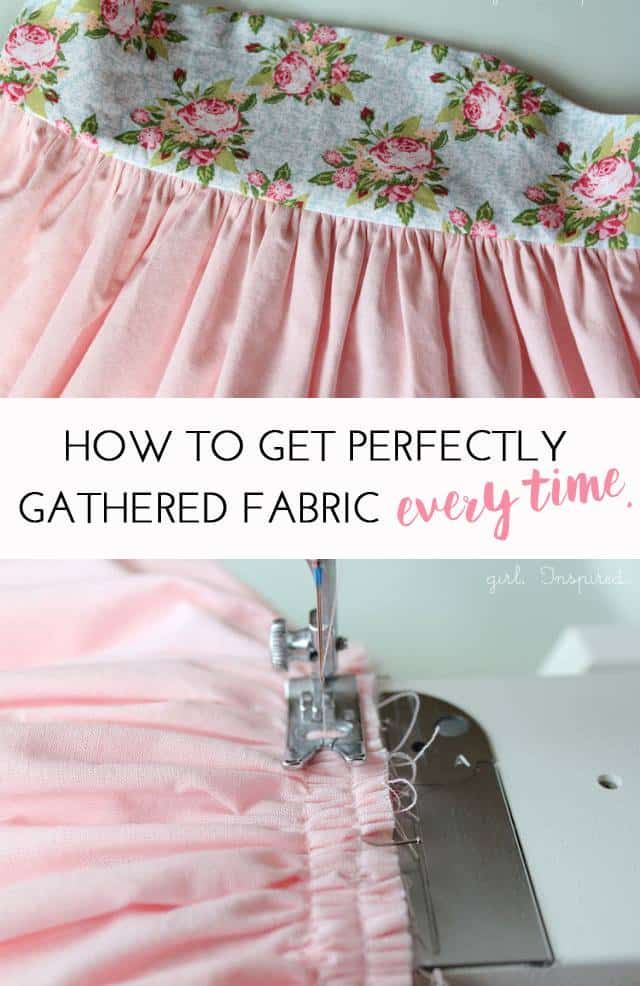
Clearly, I like a lot of ruffling to accompany “my style.” And while it may be old hat to many of you, gathering and stitching fabric can be an intimidating process for others – I know it definitely was for me when I started sewing garments! I’m going to show you the process of gathering a skirt to join it to a bodice that will give you the cleanest results with (hopefully!) the least amount of frustration and/or mess. The trick is this: sew two lines of gathering stitches, press and steam your gathers, and pin a lot!! Incorporate those three things and you’ll be good! Ready?
Prepare your skirt pieces so that they’re ready to attach to the bodice. First, you’ll sew two parallel rows of long (gathering) stitches around the top of the skirt. (Stitch length long, tension loose.)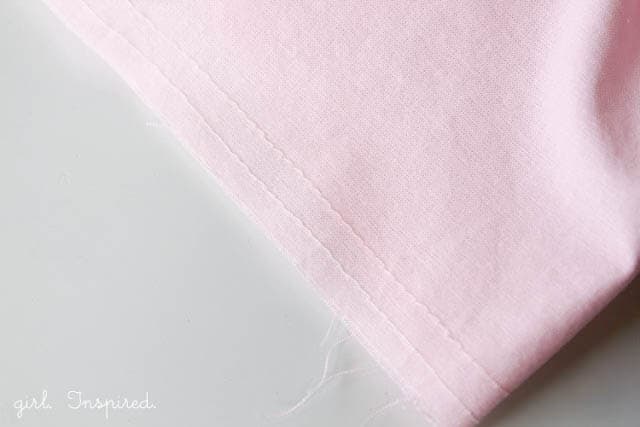
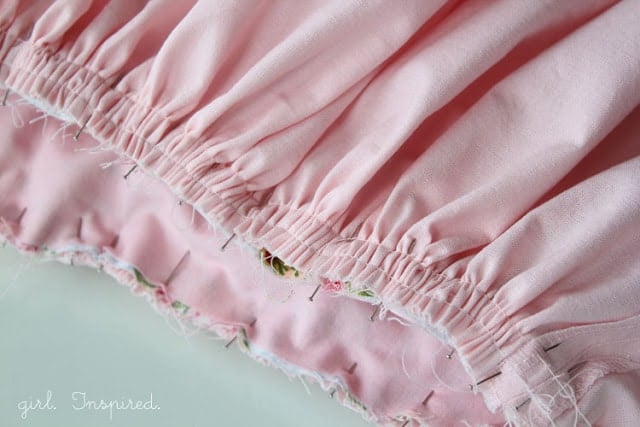
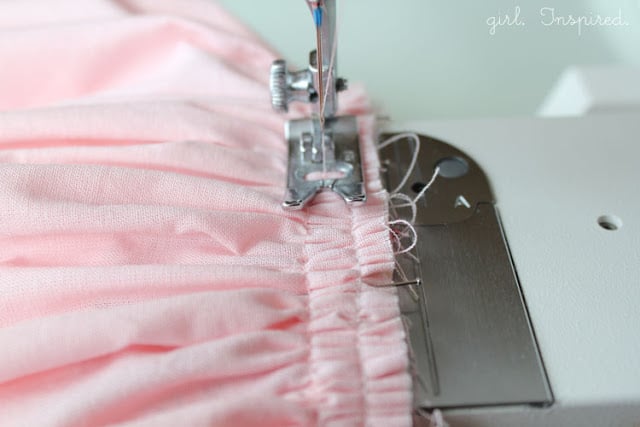
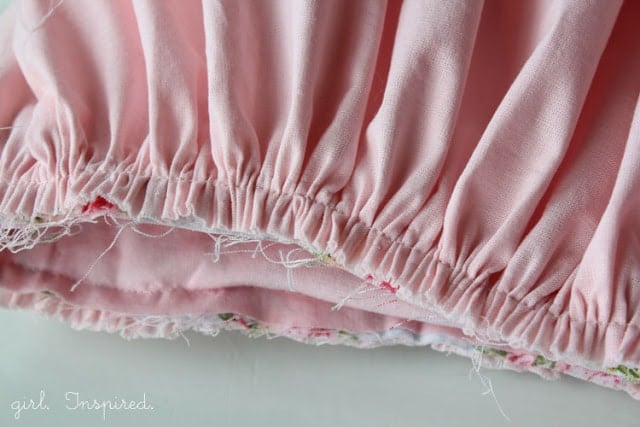
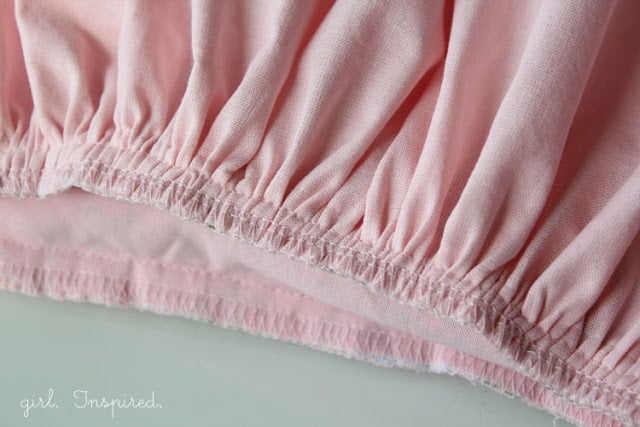
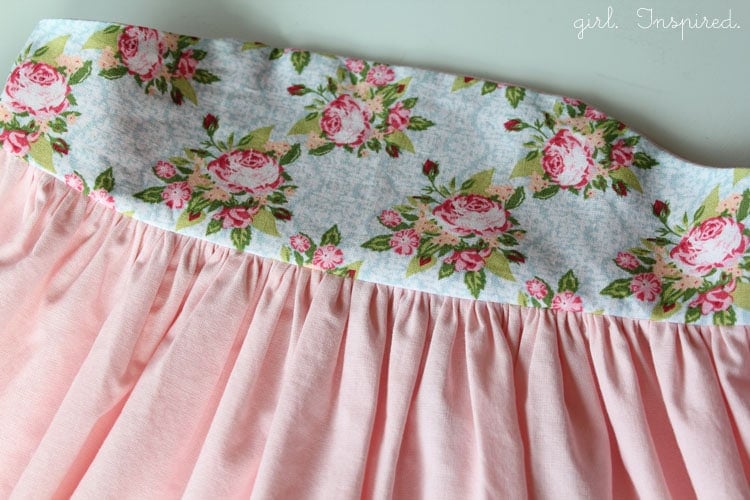
Use this gathering technique for perfect ruffles added to anything! It’s not necessarily limited to attaching a gathered skirt to bodice. You would use this technique if you’re gathering a skirt to add it to a waistband or to add a ruffle to the bottom of your garment.
SO!! Is this how you do a gathering stitch?? Is this Sewing Basics tutorial helpful? What other Sewing Basics would you like to see on the Girl. Inspired. blog??
Popular Sewing Basics & Tutorials
You might also enjoy these other sewing basics and project ideas!
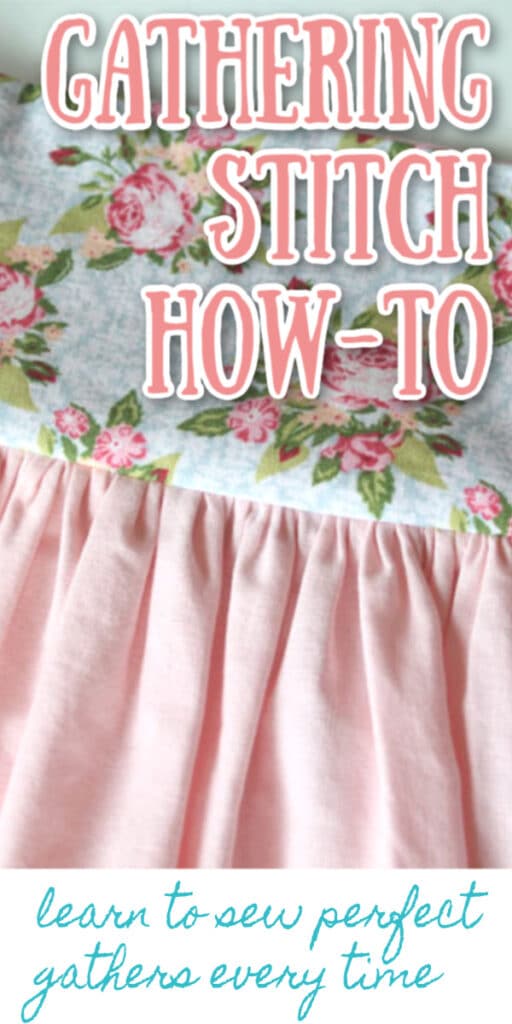
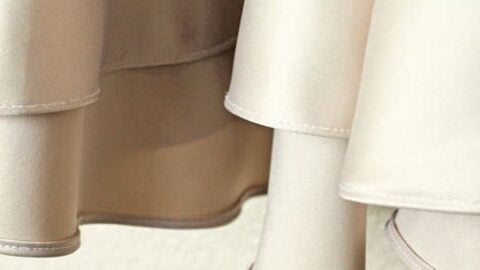
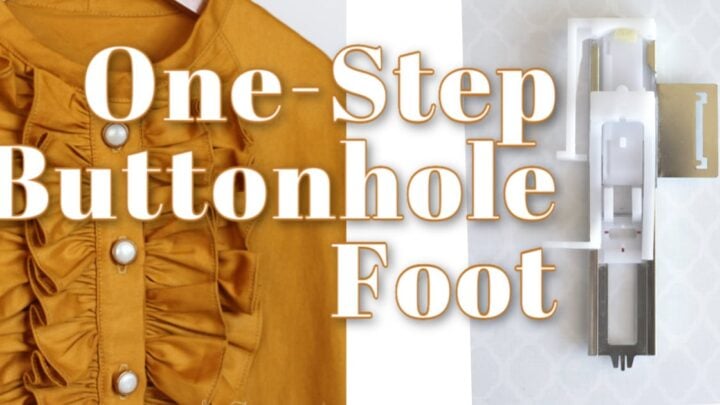
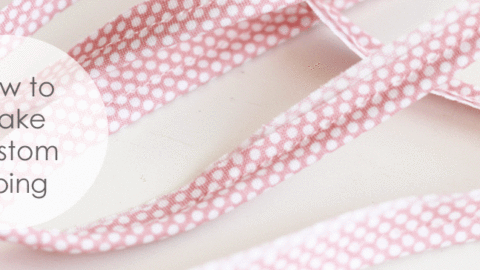
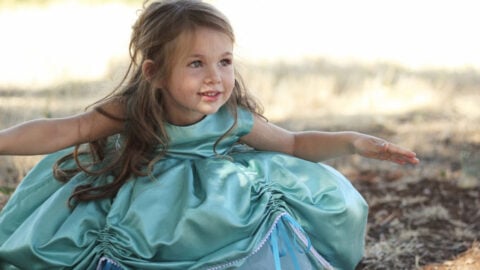
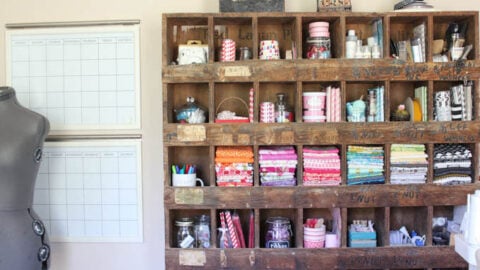

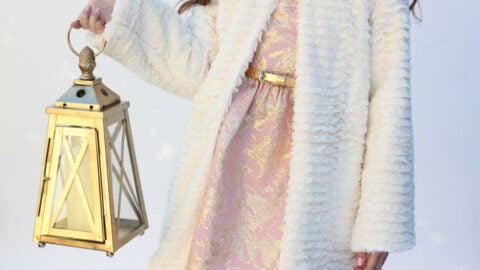

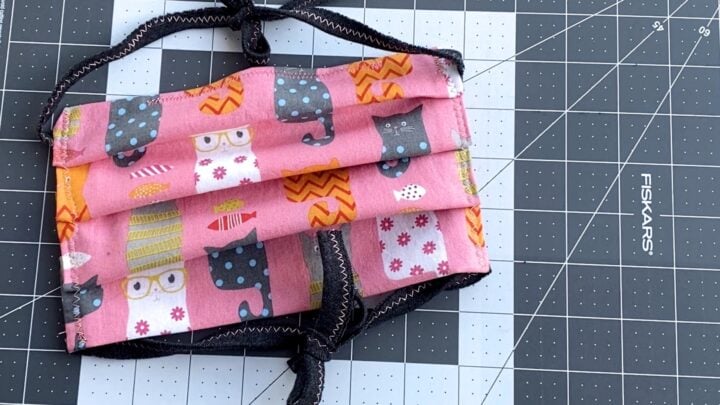
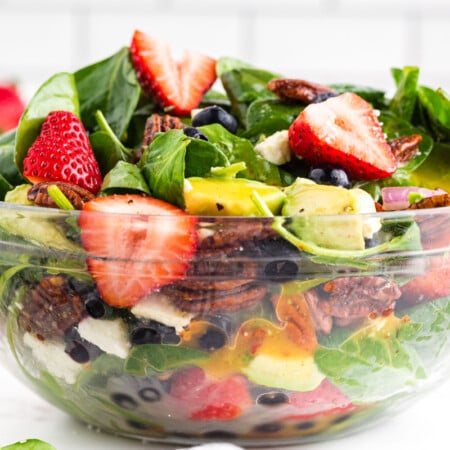








Comments & Reviews
Kimberly says
I really want to learn and perfect this!
Aleida says
I’m so excited to try this, gathering is the bane of my existence lol
Stefanie says
I believe in you, Aleida!!
MONA W. Thompson says
thanks for the help on gathering stitch,, it did make a perfect gathers and ruffles. thank you so mush, mona
Janet Jackson says
I sew a lot of doll clothes and small children’s clothes, and have had frustrations with gathering fabric. Using the steam iron along with doing the shirring looks like it will be so helpful. Can’t wait to try it. Thanks for the tip.
Johnette Beaver says
I am 67 and have been sewing since I was 9 years old with a sewing machine and with needle and thread before that. I have made a wonderful living from my sewing skills and I use the exact same technique to gather that you show in this post. It is encouraging to see the younger generation sewing as it is a dying art. I have owned an operated multiple businesses in the last 42 years. I have sewn everything from clothing for myself, daughter and husband, wedding gowns, canvas and marine upholstery business, including slip covers automotive, air plane interiors, customs sports equipment covers, draperies and Cornices and all manner of window treatments. Then I wanted to do commercial and residential awnings and that led to getting my Commercial Contractors license and becoming an Interior Designer and then working as the Custom Decorator for Sears. Sewing opened the doors for it all. And now I work for myself again and am still making money using my skills and love of sewing. I love your blog and thank you for sharing your knowledge. I have been teaching others my entire life. Sewing is a passion and love to pass on to future generations.
Becky says
Thank you. That was very helpful. I haven’t gathered anything for probably 30 years. I did it by hand the last time. Using the machine should be easier.
Thanks again.